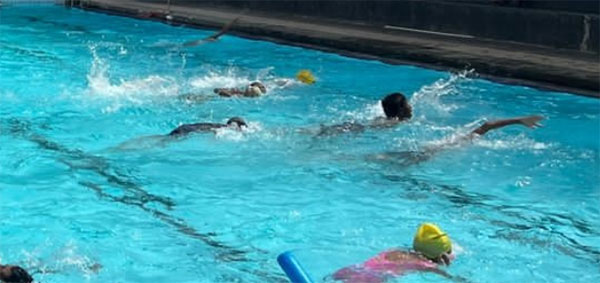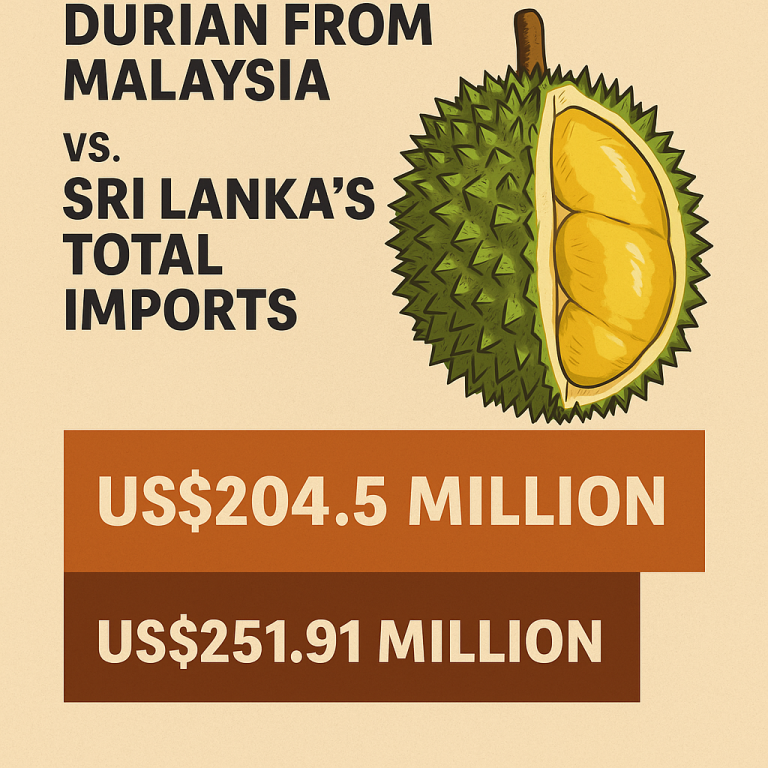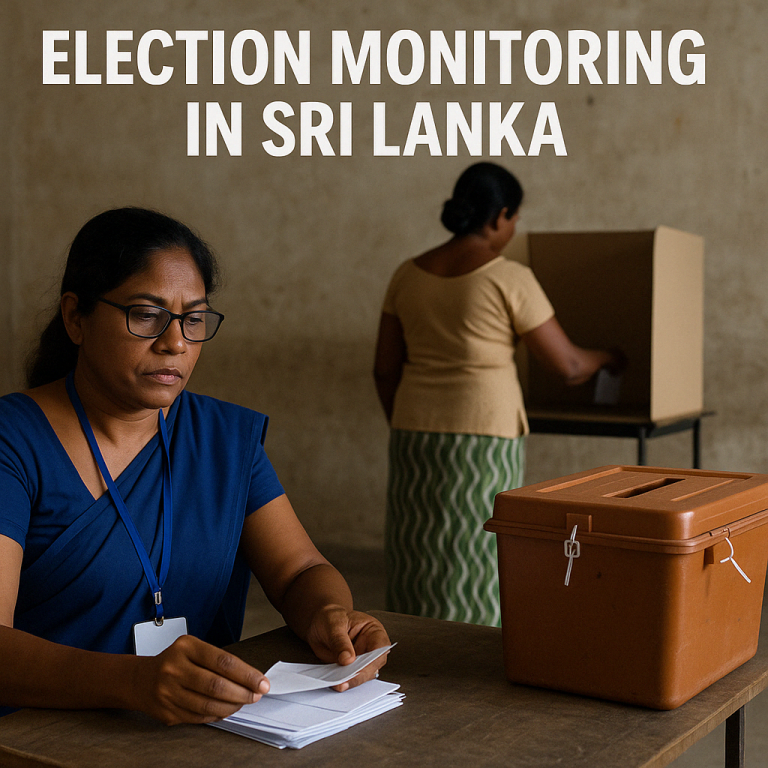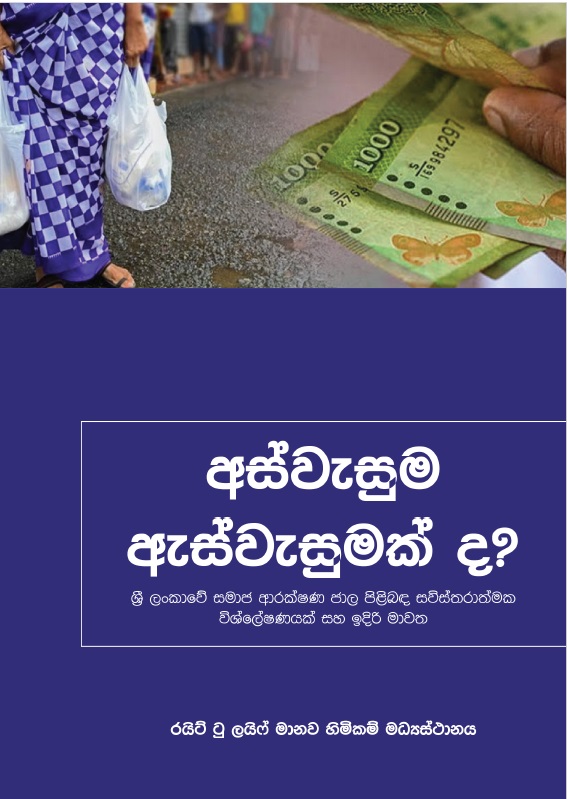This year, under the overarching theme “Anyone can drown, no one should,” the World Health Organization has chosen the touching slogan “Seconds can save a life”. This highlights the dual nature of drowning: it can occur in a matter of seconds yet taking a brief moment to act—whether by wearing a lifejacket, keeping watch over children while they are near water, checking the weather forecast before boating, or choosing safety over distraction—can prevent a tragedy. Drowning is a sudden and silent killer, often catching victims and those around them unaware until it is too late. A few seconds may not be enough time to respond. The power is in prevention.
Drowning is “the process of experiencing respiratory impairment from submersion/ immersion in liquid”. Drowning can either be fatal or non-fatal. Non-fatal drowning events can cause severe brain damage that may result in long-term disabilities, such as memory problems, learning disabilities and permanent loss of basic functioning.
 Drowning is a tragic and preventable public health crisis. Globally, over a shocking 2.5 million lives have been lost in the past decade alone. On average, 650 deaths due to drowning occur every day, or 26 every hour. This is a silent epidemic disproportionately impacting children and young adults (aged 1-24) worldwide.
Drowning is a tragic and preventable public health crisis. Globally, over a shocking 2.5 million lives have been lost in the past decade alone. On average, 650 deaths due to drowning occur every day, or 26 every hour. This is a silent epidemic disproportionately impacting children and young adults (aged 1-24) worldwide.
The WHO Global Health Estimates (GHE) 2019 show that drowning claimed 70 034 lives in SEA region, making it the second-highest contributor to drowning deaths across all WHO regions after the Western Pacific Region. Most of these tragedies occur within proximity of the home, primarily due to lack of supervision, exposure to hazardous water bodies, insufficient education, and poverty.
In a significant step towards reducing drowning tragedies worldwide, the United Nations took a two-pronged approach in recent years. First, in April 2021, the UN General Assembly recognized the devastating impact of drowning, particularly in low- and middle-income countries. They called for a united effort across various sectors to prevent these deaths. This historic resolution established World Drowning Prevention Day on July 25, raising awareness and urging action to improve water safety.
Following this, the World Health Assembly adopted its first-ever resolution on drowning prevention in May 2023. This resolution, co-sponsored by Bangladesh and Ireland, signifies global commitment to tackling this public health issue. It calls for governments and partners to work collaboratively with the WHO to accelerate drowning prevention efforts through 2029. These actions demonstrate a strong international focus on preventing drowning deaths, particularly for vulnerable populations.

The World Health Organization (WHO) recommends four strategies and six evidence-based, low-cost drowning prevention interventions that countries and organizations can use to drastically reduce the risk of drowning at the national and community level. Four strategies include: 1) developing a national water safety plan; 2) promoting multisectoral collaboration: 3) advancing drowning prevention through data collection and research and strengthening public awareness of drowning through strategic communications. Interventions include: 1) providing safe places; 2) training bystanders in safe rescue and resuscitation: 3) installing barriers controlling access to water; 4) building resilience and managing flood risks; 5) teaching school-age children swimming and water safety skills; and 6) setting and enforcing safe boating, shipping, and ferry regulations.
Data from the GHE indicates that the age-adjusted drowning death rate in Sri Lanka was 3.2 per 100 000 population in 2019. Among aged 5–29 years, drowning was the third cause of death among children aged 15–29 years and 6th leading cause of death among 5–14 ages.
Fig. 1. Number of deaths reported by the National Injury Surveillance System related to drowning deaths.
| Year | Reported deaths due to drowning | Total reported deaths from all causes | % of drowning deaths from total reported deaths |
| 2020 | 200 | 2354 | 8.5% |
| 2021 | 263 | 2946 | 8.9% |
| 2022 | 426 | 4258 | 10.0% |
| 2023 | 463 | 5091 | 9.1% |
| 2024 (until end of June) | 208 | 1828 | 11.4% |
The Disaster Management Centre under the Ministry of Defense, Sri Lanka, is coordinating drowning prevention activities with the support of relevant partners especially during disaster situations. There is an overall national Multisectoral Strategic Action Plan on Injury Prevention and Management that includes drowning (2021 -2025) developed by Ministry of Health and published in 2022.
The Ministry of Health (MoH) established a Technical Working Group in 2024 for promoting multisectoral collaboration. Ministry of Health is in the process of finalizing the guideline on pool safety standards designed to address the unique challenges and needs of public swimming pools in our country. MoH is also developing a mechanism to facilitate sharing of the data among the relevant ministries.
In 2019, the Sri Lanka Tourism Development Authority’s Domestic Tourism and Community Relations division implemented a drowning prevention and lifesaving programme to protect tourists with Sri Lanka Coast Guard Department. Three beaches popular with tourists, Bentota, Mirissa, and Hikkaduwa, received improved lifesaving units. These lifesaving units were equipped with a jet ski to allow for faster response times in water emergencies.
The Sri Lanka Life Saving (SLS) hosted the World Conference on Drowning Prevention in 2021 with the support of International Life Saving Federation and World Health Organization. SLS is continuously conducting the Swim for Safety training programs with the support of relevant ministries to protect the younger generation.
Recognizing the challenges faced by Sri Lanka’s day-boat fishermen, Dialog, the country’s leading connectivity provider, took a significant step in 2020. They launched “Sayuru,” a free, trilingual service specifically designed for these low-income earners within the fishing community. “Sayuru” provides vital weather updates and warnings directly through SMS and voice messages in close collaboration with the Department of Fisheries and Aquatic Resources, along with the Department of Meteorology. The zero-death observed among fishmen in 2023 might be linked to an effective awareness or safety initiative related to weather information for day boat fishermen.
The Sri Lanka Coast Guard (SLCG) lifeguards play a vital role in ensuring beach safety. Since 2012, their training school, the Sri Lanka Coast Guard Life Saving Training School (LSTS), has qualified over 3 000 lifeguards. These lifeguards have been deployed at 17 popular beaches, directly contributing to saving of more than 1 800 lives in the past decade. The SLCG’s lifeguard service extends beyond immediate rescue efforts. By preventing drownings and responding to aquatic emergencies, they help reduce the burden on Sri Lanka’s healthcare system.
WHO in partnership with Sri Lanka Life Saving conducted “Swim for Safety” (SfS) programmes in the Northwestern and Sabaragamuwa provinces and trained school children with the aim of childhood drowning prevention in 2023. 346 school children from the districts with high rates of drowning during past few years were trained on swimming skills, dangers in and around water, how to float, basic emergency response techniques and survival swimming techniques through Swim for Safety program. This programme has reached an estimate of 1038 beneficiaries on water safety and drowning prevention knowledge.
WHO Sri Lanka provided technical support to the Ministry of Health to coordinate with the relevant stakeholders to collect the data for the Global Report on Drowning 2024 and successfully uploaded the data to the online portal. WHO is finalizing the Global Status Report on Drowning 2024, set to be launched by the end of the year. This report will provide updated information on the global burden of drowning and generate key recommendations for global, regional, and national action.
We all have a role to play in preventing drowning. Whether by raising awareness, promoting knowledge of effective solutions, collaborating with local or national governments to develop prevention plans and policies, volunteering with relevant organizations, or ensuring personal and family safety around water, each of us can make a difference.
Together, we can save lives and prevent the heartbreak of drowning.

- https://www.who.int/campaigns/world-drowning-prevention-day/2024
- World Drowning Prevention Day- A guide to taking part; https://cdn.who.int/media/docs/default-source/documents/social-determinants-of-health/2024_wdpd_toolkit_web.pdf?sfvrsn=ee6bb03a_4&download=true
- Regional Status Report on Drowning in South-East Asia https://iris.who.int/bitstream/handle/10665/343085/9789290228608-eng.pdf?sequence=1
- Status of drowning in South -East Asia: Country reports: https://iris.who.int/bitstream/handle/10665/364455/9789290210115-eng.pdf?sequence=1







